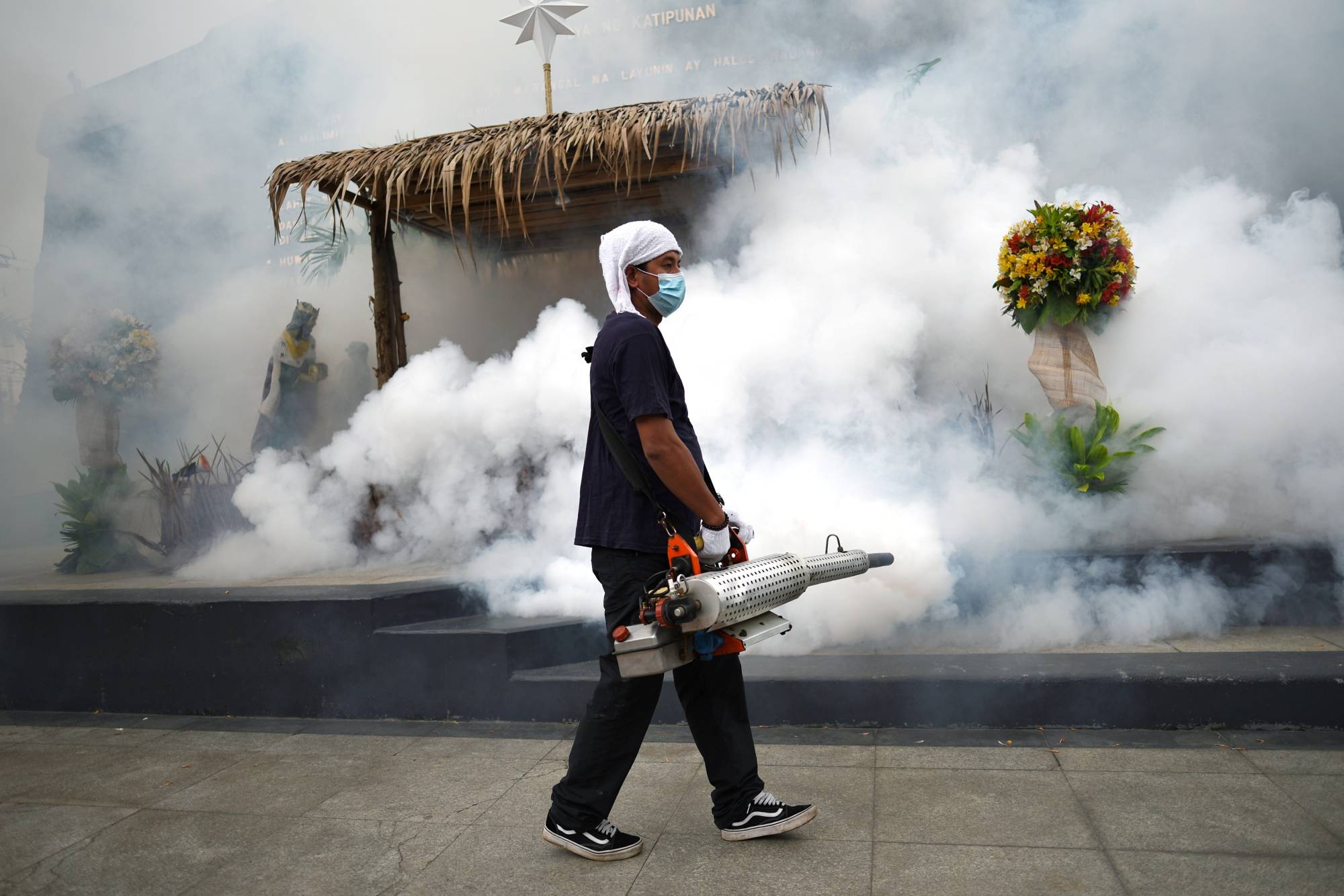In the early stages of the COVID-19 pandemic, it was common to divide countries and their responses according to their political systems, with many attributing China’s success in controlling the virus to its authoritarianism. As of late 2020, however, it is clear that the real dividing line is not political but geographical. Regardless of whether a country is democratic or authoritarian, an island or continental, Confucian or Buddhist, communitarian or individualistic, if it is East Asian, Southeast Asian, or Australasian, it has managed COVID-19 better than any European or North American country.
While this line is not exactly hemispheric, it is close enough to be suggestive. Even Asia’s worst performers (in public-health terms) — such as the Philippines and Indonesia — controlled the pandemic more effectively than did Europe’s biggest and wealthiest countries. Notwithstanding reasonable doubts about the quality and accuracy of the reported mortality data in the case of the Philippines (and India), the fact remains that you were much likelier to die of COVID-19 in 2020 if you were European or American than if you were Asian.
Comprehensive, interdisciplinary research is urgently needed to explain these performance differentials. Because much of our current understanding is anecdotal and insufficiently panregional, it is vulnerable to political exploitation and distortion. To help all countries prepare for future biological threats, several specific questions need to be explored. First is the extent to which the experience of SARS, MERS, Avian flu, and other disease outbreaks in many Asian countries left a legacy of health-system preparedness and public receptiveness to anti-transmission messaging.



















With your current subscription plan you can comment on stories. However, before writing your first comment, please create a display name in the Profile section of your subscriber account page.